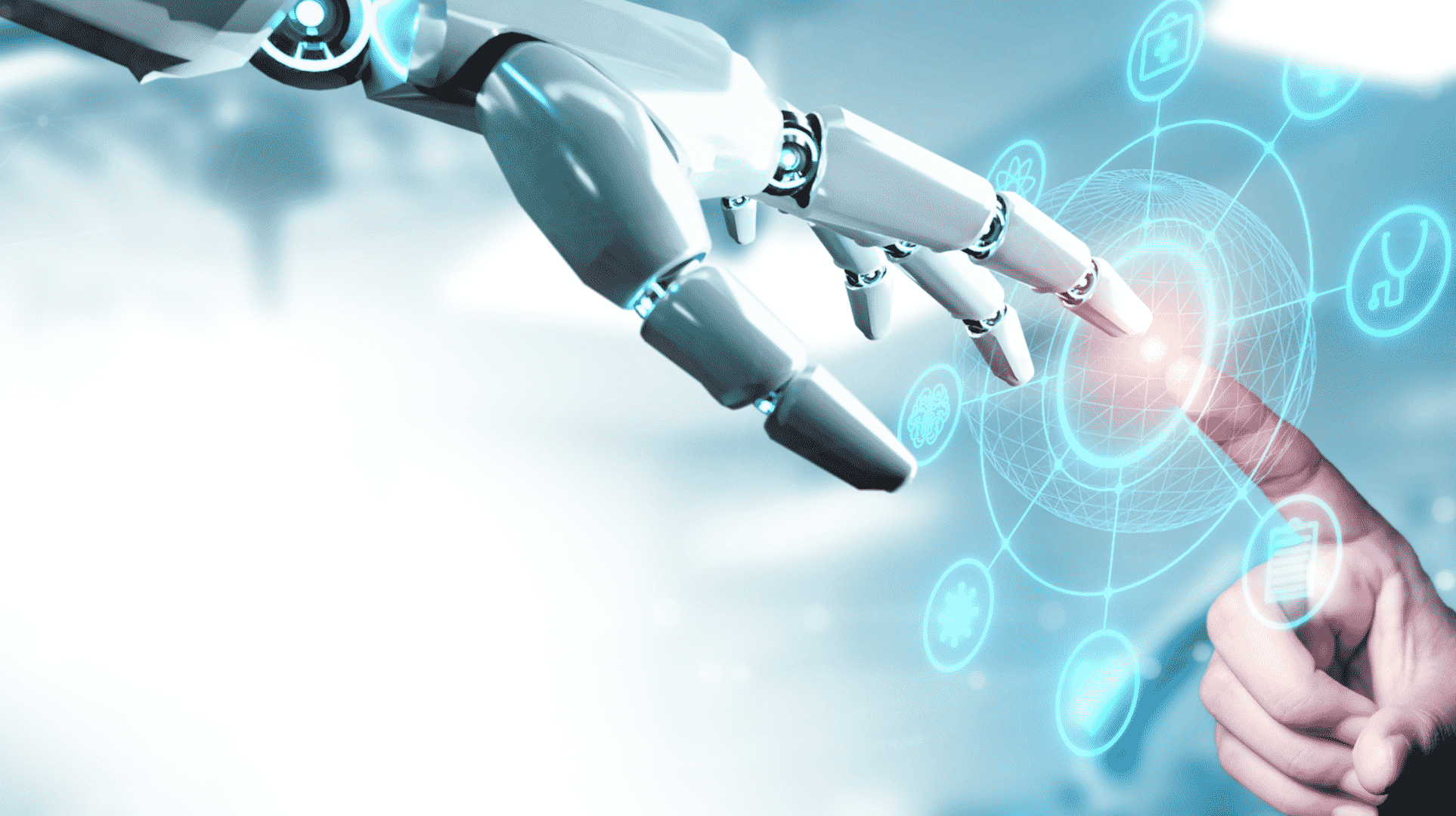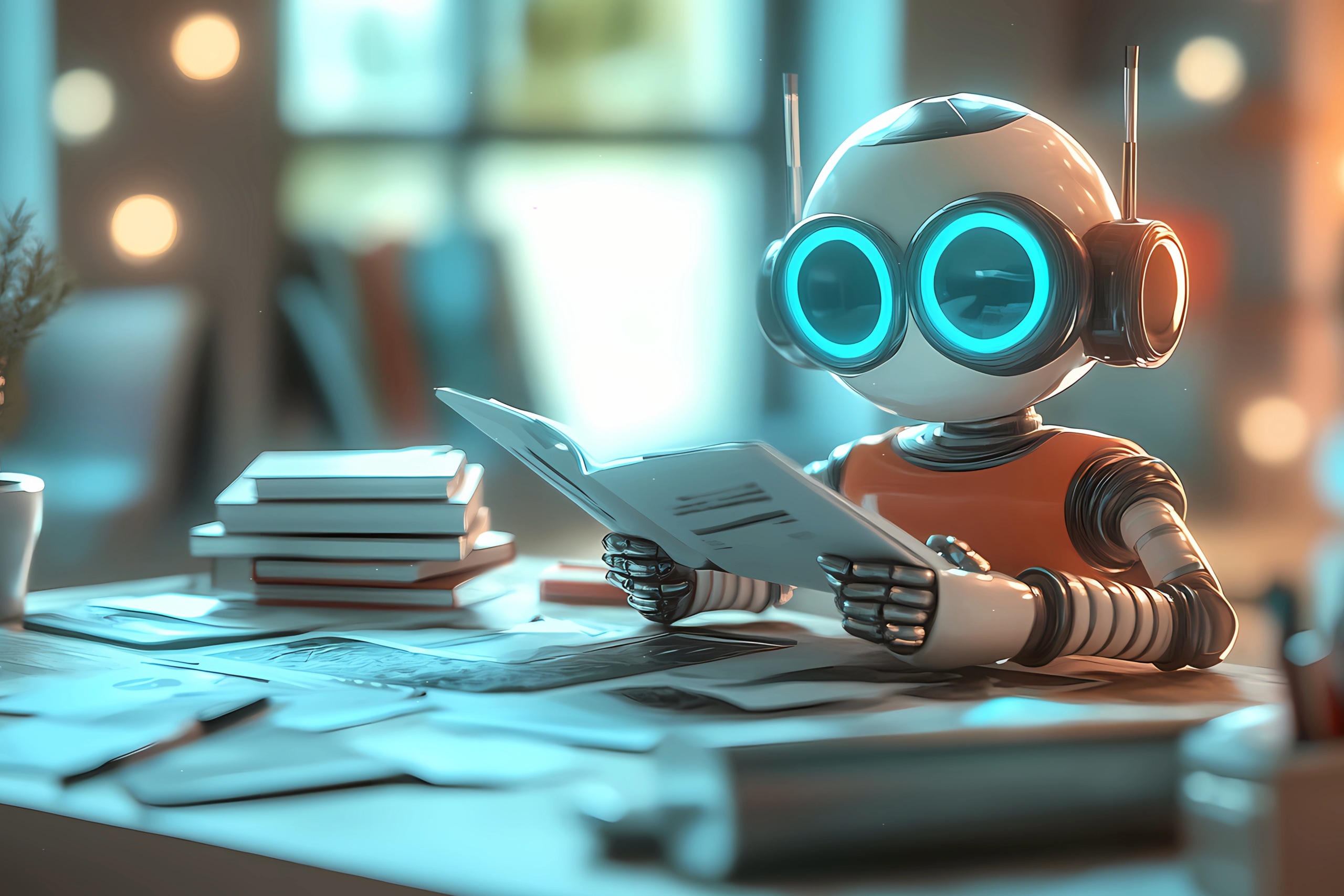Across the globe, integrating Science, Technology, Engineering, and Mathematics (STEM), including robotics, coding, and other technology-focused disciplines, is becoming increasingly prevalent in school curricula.
The integration of artificial intelligence (AI) into STEM education aiming to enhance learning experiences and expose students to cutting-edge technologies is becoming a necessity to enrich students’ educational experience and prepare them for the demands of the 21st-century workforce.
In these STEM education initiatives, students often have the opportunity to engage in hands-on learning experiences, experiments, and projects that promote problem-solving, critical thinking, and creativity.
Robotics and coding activities, in particular, are popular components of STEM programs, as they provide students with practical skills in programming, engineering design, and robotics construction.
While many schools already offer STEM education and robotics programs, there is room for potential for further expansion and enhancement.
Schools may continue to invest in these areas by expanding course offerings, integrating new technologies, fostering partnerships with industry and academia, and providing professional development opportunities for educators. This ongoing commitment to STEM education ensures that students are equipped with the skills and knowledge needed to succeed in an increasingly technology-driven world.
In conclusion, robotics and coding, in particular, are popular components due to their ability to equip students with practical skills in programming, engineering design, and robot construction.
NB: STEM or STEAM?
The term “STEM” stands for Science, Technology, Engineering, and Mathematics, whereas “STEAM” includes an additional component, “Art,” making it Science, Technology, Engineering, Arts, and Mathematics. Both STEM and STEAM education initiatives aim to prepare students with skills relevant to the modern workforce, but STEAM incorporates artistic elements into the curriculum to foster creativity and innovation alongside technical proficiency.


























